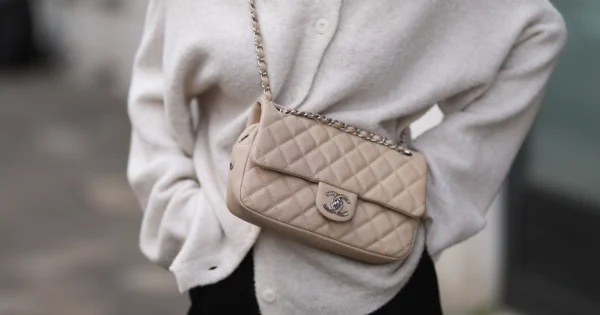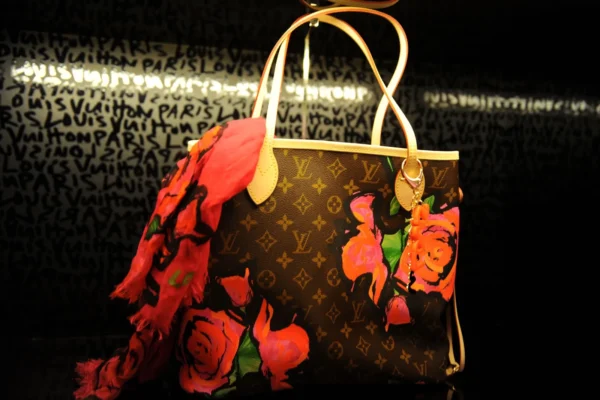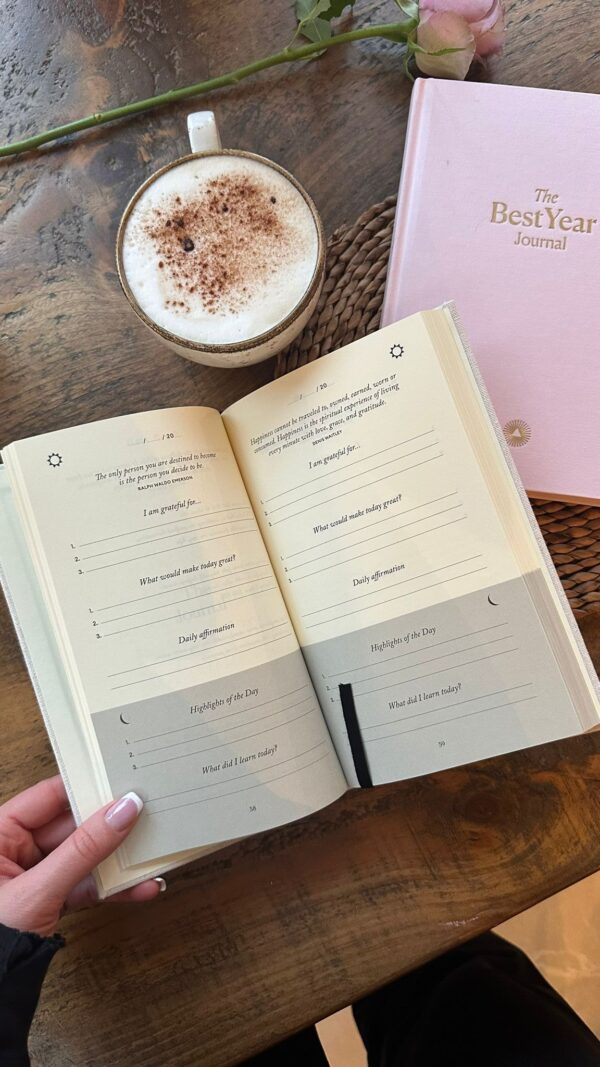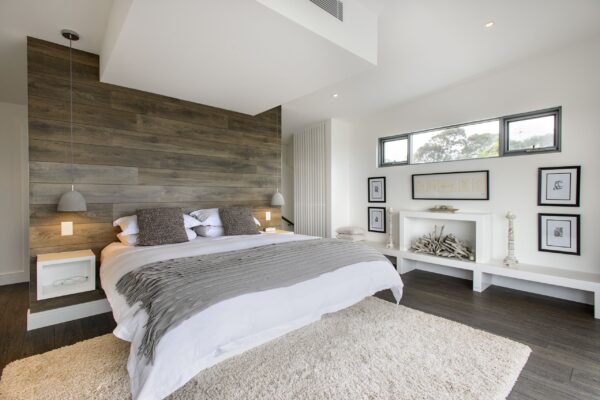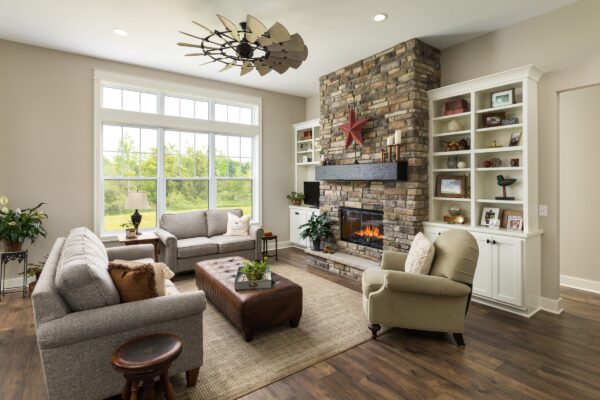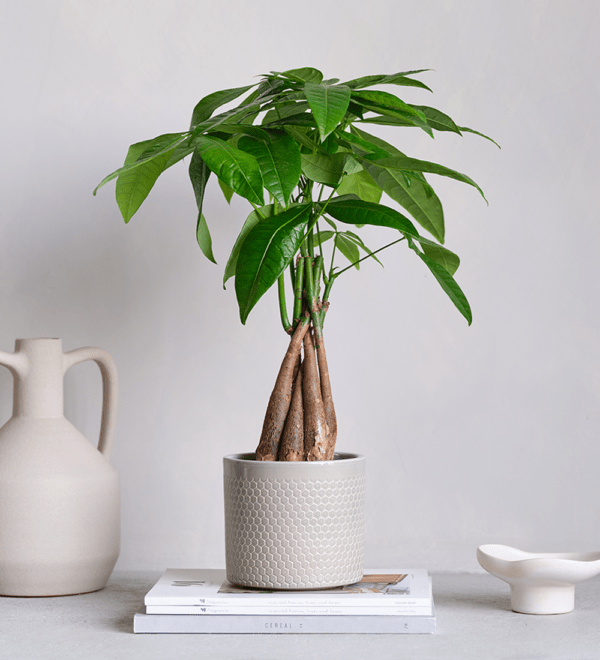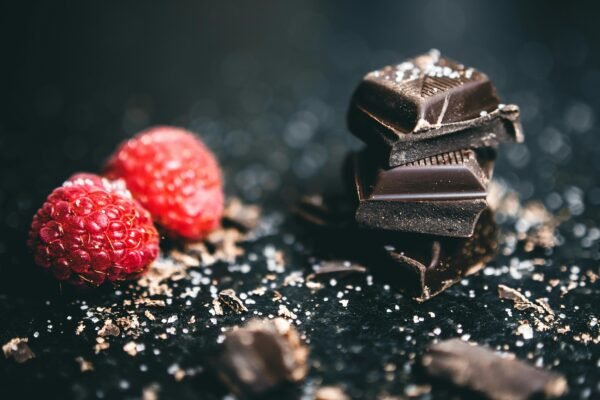
Letting Life Happen: The Cosiness Revival

What happens when we are always connected and find our personal space increasingly invaded by new technology? We start to reappreciate the value of our personal space. This isn’t just apparent in new legislation (GDPR, anyone?), but also in interior design. It’s no coincidence that cocooning, or ‘shell’, is experiencing a serious revival.
Today’s trends are all about escaping everyday stress and creating a safe bubble for family, friends and pets. How? By using tactile and natural materials, soft colours and creating an overall aura of cosiness.
Last year’s interior design fad ‘hygge’, hailing from Denmark, was the perfect illustration of our collective need for more warmth. Now, wabi-sabi, an interior trend from Japan, takes things even further by adding authenticity and ‘the beauty of imperfection’ to the mix. Both styles are a reaction to the increased stress we experience in our daily lives and are infused with a sense of tactility and childhood nostalgia.
Perfectly imperfect

Wabi-sabi is an interior design style that is centred around an ancient Japanese philosophy that celebrates imperfection. It incorporates many elements of hygge, but it takes things a step further by adding a decisively authentic stance. Instead of focussing only on cosiness, it adds a layer of imperfection for an even more relaxed atmosphere. In this sense, it is a creative response to our continuous striving for perfection: the perfect car, the perfect home, the perfect body… At the same time, these highly insecure times cause people to feel like they don’t have control over what’s happening. As a result, they long for a place that they can come home to, be themselves, and feel secure.
Telling a story

“The authenticity that characterises wabi-sabi manifests itself in many different ways”, explains independent design professional, coach and owner of IKAb design studio in Borgloon (Belgium). “One of them is the use of old pieces of furniture that tell stories and perhaps connect us to a shared past. There is a sense of nostalgia that permeates wabi-sabi and challenges us to ‘use what is already there’ to create a genuine home. At the same time, however, it’s also about balance. This means you have to pay attention to vertical and horizontal lines as well as cold and warm materials. But it also means you have to be willing to eliminate pieces that don’t fit with the overall atmosphere too.”
“It doesn’t all have to be new: make space for old pieces of furniture that breathe life, that tell stories, that connect us with a shared past.”
Natural balance

Another essential element of wabi-sabi is the use of natural materials like stone and wood to create a sense of warmth and security. Fabienne Vanbrabant, independent design professional, coach and owner of IKAb design studio in Borgloon (Belgium), explains the importance of materials in creating a sense of authenticity:
“When considering interior design, most people tend to think a lot about colours and forget about materials. However, in wabi-sabi, they can play an even more important role. Natural materials like wool, flax and (wrinkled) linen, leather, woven materials, clay etc. create an atmosphere of humility. In terms of colours, heavier shades (dark greys, blues and greens), earthy colours (clay, sand, olive, etc.) and muted pastels tend to go together well to create a cosy and authentic feel.”
In the same respect, hardwood floors remain incredibly popular because they combine nature with nostalgia. Many people have grown up in a house with a hardwood floor and are now chasing that lost feeling of hominess and security. As result of this quest, wood imitations like laminate and vinyl are quickly finding their audience as well. Many laminate and vinyl designs today are indiscernible from real wood but offer numerous practical advantages like water resistance and ease of maintenance. There’s also the added versatility of vinyl, for example, which can even be applied to the walls.
But doesn’t a floor have to look ‘worn-out’ to be ‘wabi-sabi’? Not necessarily. The ‘imperfection’ that is characteristic of this style isn’t an individual trait of each separate element, but manifests itself in their combination. For example, combining different wood species creates an imperfect yet perfectly balanced whole.






